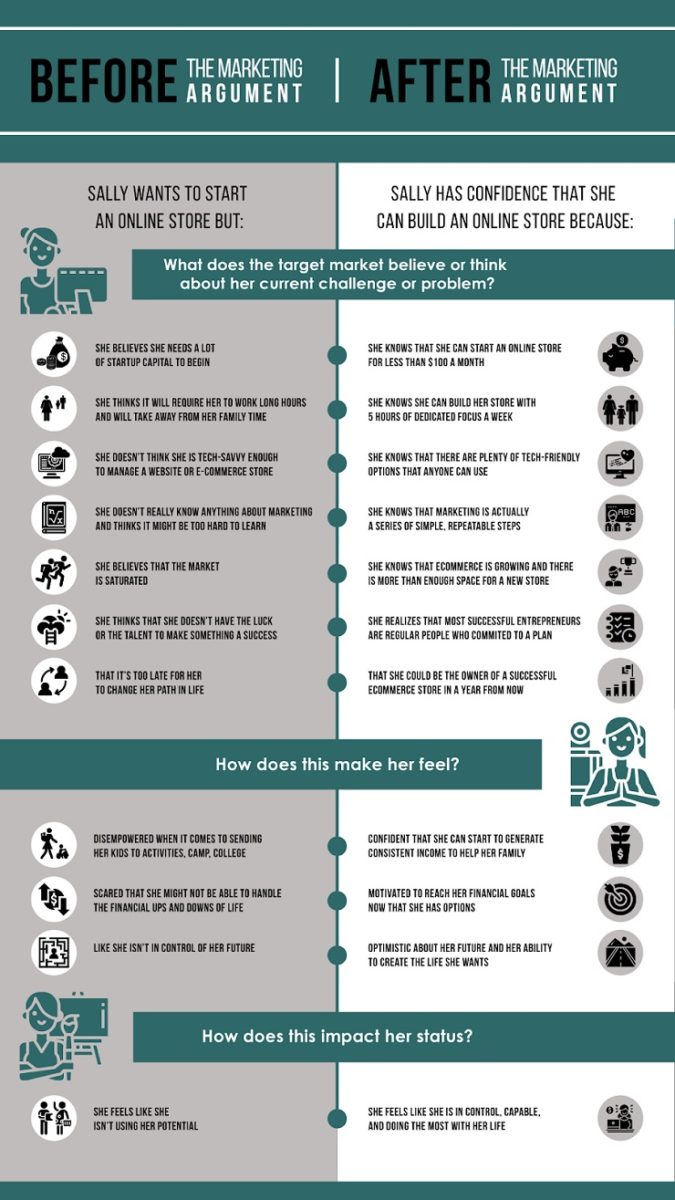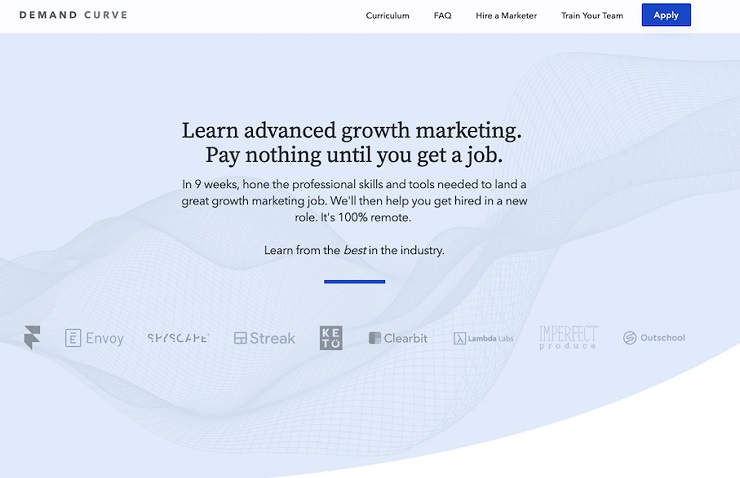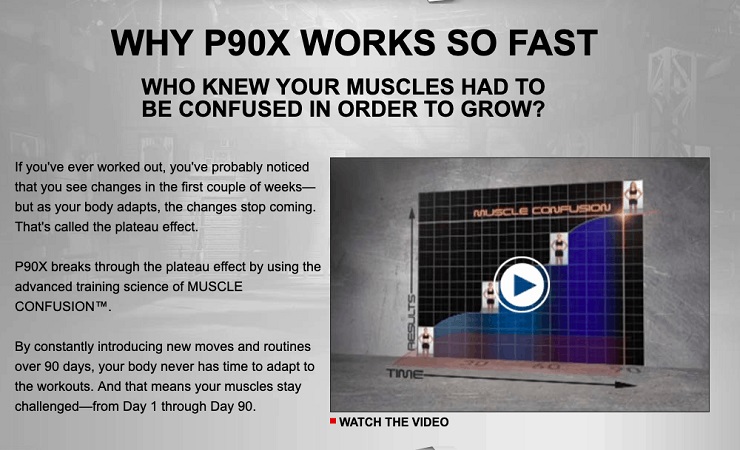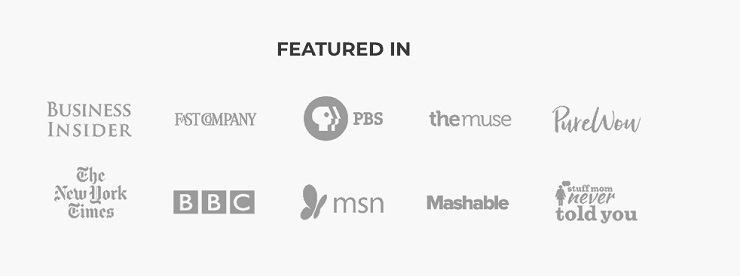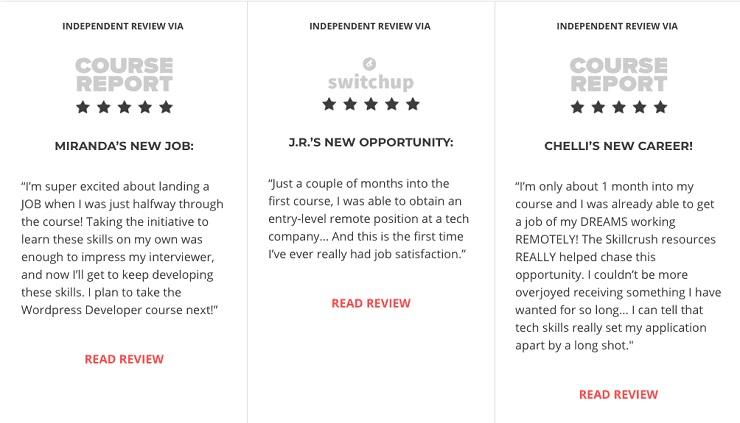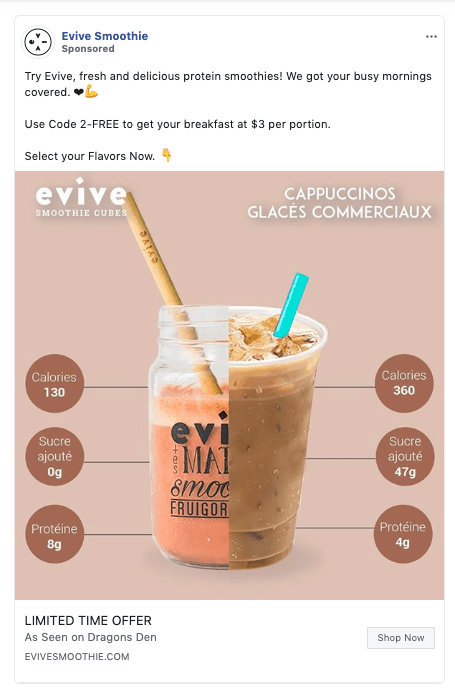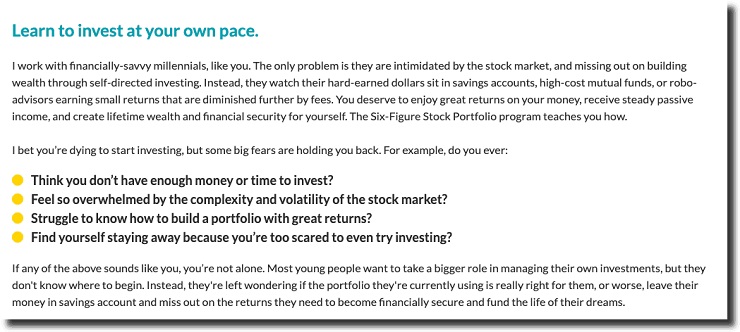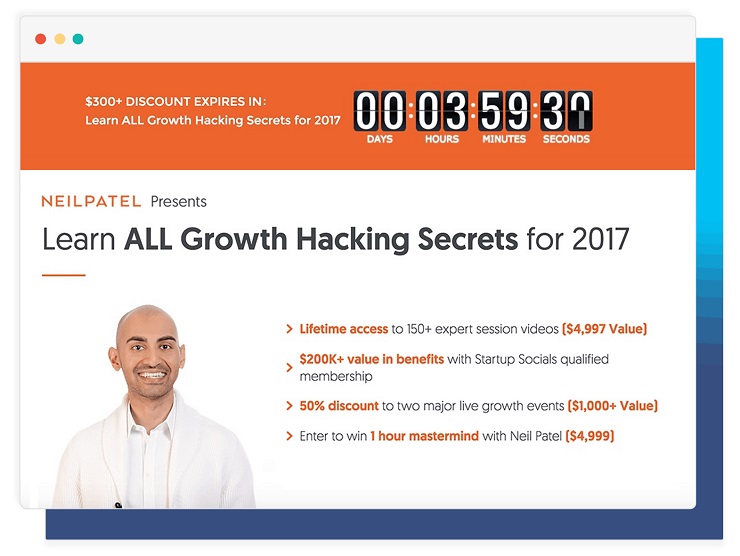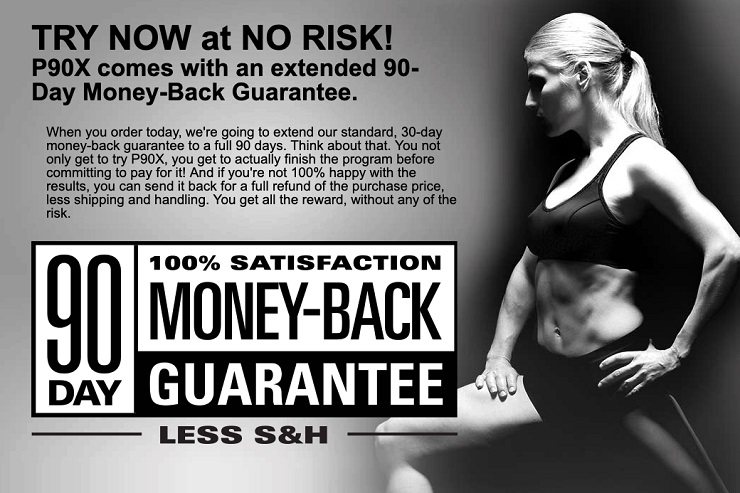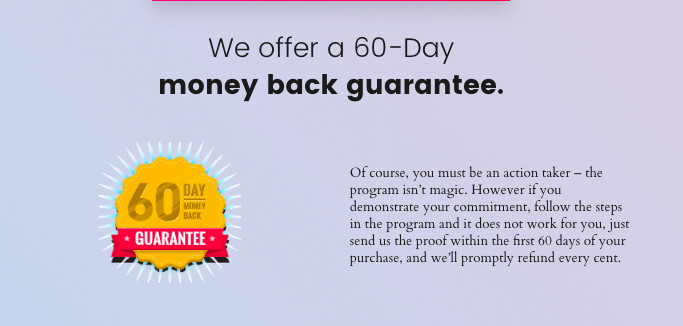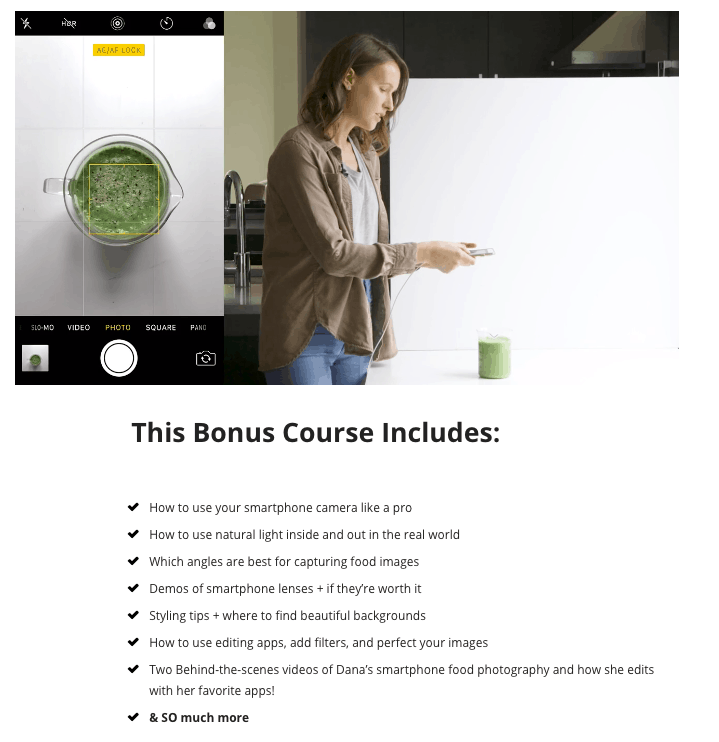It used to keep me up at night. This single question: Why did one marketing campaign succeed while another flopped?
Why did one client launch a digital product that sailed its way to a 12,000% return on investment? While another client had to scratch and claw their way to breaking even?
Was it magic? Luck? Good karma?
As a former Facebook Ads strategist (now turned copywriter at Brands Are Stories), I confronted (read: lost sleep over) that question every day.
It wasn’t until I found someone named Todd Brown that I realized there was a whole network of direct marketers and copywriters who had found the solution to that itchy little question.
This discovery transformed the way I approached marketing and gave me a turnkey solution to ensure that future campaigns would convert consistently.
And we’re going to cover this major revelation in the following blog post.
Drumroll please….
The reason one marketing campaign performs better than another is this: your marketing argument.
More specifically, the 10 elements that make up your marketing argument.
FREE Masterclass: The Genius “10-Step Copywriting Framework” Behind 11 Different 7-Figure Launches
The Secret of the Top 1% of Marketers: The Marketing Argument
A marketing argument is the messaging strategy that underpins every piece of your marketing campaign. Your emails, your sales page, your Facebook ads—everything.
Think of it like a messaging brief. A document that sits alongside your marketing plan.
But unlike a marketing plan that focuses on the “how” of your campaign—the channels, the budget, the KPIs—your marketing argument focuses on the “what.” What will you say on those channels? What are the critical “aha” moments, beliefs, emotional shifts, and decisions you need to instill in your customer so that they feel confident making a purchase decision?
Mapping out this argument is the secret behind getting consistent results.
Element #1: Your Ideal Customer’s Gap
Every marketing manual will tell you that you need to understand your target audience.
And you may already have a customer avatar that sounds something like this: “Our ideal customer is a mom of three. Aged 25-35. Lives in the United States. College educated. Unhappy at her job.”
That’s a great starting point.
But a blockbuster launch will require you to go a few levels deeper and tap into your customer’s beliefs, objections, and feelings around their current problems so you can demonstrate how your solution will offer them relief and transformation by bridging the gap between where they are now, and where they aspire to be.
My favorite way of doing this is to use a simple table to map your insights in one place. We’ll walk through an example below.
Example:
Below is a simple table that you can recreate in a spreadsheet or word doc. Its purpose is to help map out the key messages you need your customer to hear in order to feel confident making a purchase decision.
To do this, gather all of your research. Your surveys, interviews, and other insights about your target market’s current experience of their problem.
Next, start filling out the column named “Before the marketing argument.” This section should reflect the feelings, thoughts, and beliefs your target customer has about their problem or pain point.
Then, fill out the column called “After the marketing argument” and brainstorm all of the messages you’ll need to communicate to your audience in order to shift their feelings, thoughts, and beliefs so that they feel confident making a purchase with you.
Going through this exercise helps you to chart a course and create a messaging strategy that bridges the gap between an anxious prospect and a confident consumer.
For the sake of this example, let’s pretend you are selling a program that helps your target market start their first ecommerce store.
You know you’ve nailed it when:
- You can articulate your customer’s deepest beliefs, thoughts, and feelings about their challenges or problems
- You can also articulate how those beliefs, thoughts, and feelings need to change or transform in order to have confidence in purchasing your product
Element #2: Your Value Proposition (The Promise that Bridges the Gap)
Now that we are laser-focused on the gap that our ideal customer is facing, we need to put a fine point on how we will help them to bridge that gap.
This your promise. This is your value proposition.
It’s an expression of why a customer should buy. The key benefit. The “what’s in it for me” factor. And it is the biggest opportunity or point of failure for your marketing argument (and your campaign).
In fact, most failed campaigns can be traced back to either a nonexistent value proposition, or a value proposition that doesn’t match the wants or needs of your audience.
And because it is often the crux around which a campaign will flop or win, it’s the first place I’ll look when auditing a company’s marketing campaign.
A good value proposition will:
- Communicate how your product or service will solve your customer’s problems (aka bridge their gap);
- Be specific. The more tangible your promise, the better;
- Set you apart from your competitors or other options on the market.
Examples
Demand Curve’s value proposition is very clear, very specific, and definitely unique. They promise to teach you everything you need to know about advanced growth marketing in nine weeks, and you don’t pay them anything until you get a job.
You know you’ve nailed it when:
- Your value proposition is clear, specific, and communicates the concrete results a customer will get from your product or service
Element #3: Your Unique Mechanism (How You Will Deliver on Your Value Proposition)
A unique mechanism is an instant “power up” when it comes to your marketing. It explains how you will deliver on your value proposition and why you’re different than everyone else in the market. It is often communicated as a system, process, framework, methodology, or ingredient.
Having a unique mechanism allows you to:
- Explain why you are different than everyone else in the market, especially if your market is saturated
- Help potential customers answer the question on their mind of “Why will this work?” (especially if they have failed before in solving this problem, and need to renew their optimism around getting to the finish line)
Examples:
You might know P90X as a successful, at-home workout program. And with over 4.2 million copies sold, it’s hard to imagine that the original marketing for P90X fell flat. They couldn’t sell units no matter what they tried. That is until they came up with the concept of “muscle confusion,” their unique mechanism. All of a sudden, they could explain why the product was different and better than other options on the market. The rest is history.
Hubspot is a software as a service company that is known for its “inbound marketing” philosophy, a methodology for getting your ideal customers to come to you, instead of chasing them. It’s a great example of putting your unique spin on an existing framework. They gathered the tactical aspects of marketing (blogs, search keywords, email) and collected them under one, unified umbrella. The elements involved in their framework aren’t new; it’s simply a reorganization of tried and true tactics.
You know you’ve nailed it when:
- You’ve clearly outlined a unique method, strategy, system, process, or ingredient that helps your customer answer the question, “Why will this work?”
Element #4: Proof You Can Get Consistent Results
At this point in building your argument, you’ve done some pretty heavy lifting. You have a keen sense of the gap between where your customers are and where they want to be. You’ve created a value proposition that promises to bridge that gap. And you have described the unique mechanism that will deliver the results. The next step is to deliver proof. Evidence that the whole system works, reliably, and for people just like your customer base.
There are generally two categories under the proof section. The first is proof that you’re credible. This can be media logos, credentials, influencer recommendations. It answers the question of “why should you trust me/us.”
The second kind of proof is proof of your results. These can be case studies, customer reviews, demonstrations, testimonials, screenshots, etc. This kind of evidence helps your potential customer see how other people have transformed so that they will believe that their own transformation is possible. And in an ideal scenario, your proof addresses common objections, things like “What if I am a beginner?” or “What if I’m busy?”
Examples:
Skillcrush is an online company that teaches its (mostly female) students tech skills like Javascript and UX design. It includes proof of their credibility in logos as well as third-party reviews.
They also do a great job of including testimonials that reflect the common anxieties and objections of their target market.
You know you’ve nailed it when:
- You have used proof to explain why you and your product are credible
- You have proof that shows your customer that other people, who are just like them, have experienced the ideal transformation
FREE Masterclass: The Genius “10-Step Copywriting Framework” Behind 11 Different 7-Figure Launches
Element #5: Proactively Anticipating and Managing Objections
Peter Drucker famously said, “The aim of marketing is to make selling superfluous.”
And a large part of creating a marketing argument that makes the sale easy is to proactively anticipate, and manage objections.
It’s super common to do this in an FAQ section, and that’s still a great place to handle really detailed, specific, or unique objections. But the biggest, most common worries should be addressed directly in your marketing messages.
Common objections include (but are not limited to) things like:
- Will this work for me?
- Is this worth the money?
- Is this the right time?
- Do I have enough time?
- How is this different from (name of competitor)?
- What about (insert current trend), how will that impact my results?
Examples:
Evive Smoothie is a Canadian company that makes and delivers frozen smoothie mixes to your home. Their ideal target market is busy folks who are health conscious. And maybe five years ago, smoothies were synonymous with health. But recently, trends like Keto have repositioned smoothies as sugar-laden indulgences. This trend creates an objection that the company needs to anticipate and manage.
In the Facebook ad snapshot below, we can see how Evive is managing those objections by comparing the sugar in their smoothies to popular drinks like iced coffees. Fewer calories, less sugar, and more protein. Helping to erode the perception that smoothies are a treat.
The Six Figure Stock Portfolio is a course that teaches millennials how to get started with investing. They do a great job of calling out their target market’s most prevalent objections right away with the goal of addressing and reframing them. It serves to disarm those anxieties, but also to comfort the reader that these fears are normal, and something that can be overcome through the content in the course.
You know you’ve nailed it when:
- You have compiled all of the possible objections your ideal customer might have
- You have answered those objections with real, tangible reasons
- You have found a way to proactively answer those issues in your marketing
Element #6: Outlining What’s at Stake (The 2 Divergent Paths)
The two divergent paths is a method of crystallizing the decision in front of your customer by outlining what is at stake. It’s a powerful addition to your messaging and it connects the dots between where they could be if they decide to buy, and where they might still be if they pass up the opportunity for change.
The goal isn’t to be pushy or to use fear. Instead, you’re focusing on the hope, positivity, and opportunity on the other side of the gap. It’s connecting the decision they are facing right now, to what it means for them in the future.
And the more tangible and specific you can be, the better.
Example:
Let’s say you’re a health coach. Instead of ending a sales page with a simple call to action to join your group coaching program, you might preface the call to action with something like this:
In one week from now, you could be feeling less bloated. In 3 weeks, your jeans could be loose. In 3 months you could be buying a new bikini. Or, you could keep doing what you’ve been doing and skip all the summer events you have on the horizon because you can’t find something to wear.
And if you’re a guitar teacher, instead of just directing your prospect to the checkout page after your webinar, you might preface that with something like this:
You can learn to play guitar in just 20 minutes a day. Sign up for my program, and in one week from now, you could be playing your favorite song. In 3 weeks, you could be playing for your closest friends. In 3 months, you could be good enough to serenade that special someone. Or…you could keep doing what you have been doing and let your guitar accumulate even more dust.
Or if you’re a business coach. You might end your sales email with something like this before you include the link for payment:
Join the program and in 1 month, you could be booking your first test client. In 3 months, you could be generating steady revenue. In 1 year, you could say goodbye to your J.O.B. Or…you could stay stuck in the cubicle farm, taking orders from a manager who isn’t nearly as smart as you and who takes special pleasure in causing you pain.
You know you’ve nailed it when:
- You’ve been able to succinctly communicate how your customer’s life could be different if they say “yes” to the transformation and buy your product
- You can succinctly communicate what life will look like if they say no to the transformation and don’t buy your product
Element #7: The ‘Why Now?’
Your customers will procrastinate. It’s inevitable.
After three years of running campaigns, I know (and my clients know) that up to 75% of our sales will come in on the last day. In the last hour. At the last minute.
It’s human nature. And instead of letting it make us crazy, we embrace it build a sense of urgency into every marketing campaign we create.
Urgency can come in many forms. The most popular include:
- A timeline for when the offer will go off the market
- A limit on the number of units or spots that are available
- A bonus that will expire
Examples:
Let’s start with an old school example, Disney and their well-loved VHS tapes. In order to create a surge of sales, Disney used to run commercials that would announce that various titles like Cinderella would soon disappear from store shelves and go back into the “Disney Vault” to make room for other titles. And without fail, people would rush to purchase the VHS tapes that they had always looked at on store shelves, but never got around to buying.
A more modern example of scarcity is the use of a countdown timer like in the example with Neil Patel below. Neil is promoting a digital marketing program that is only available for a week and when the timer is up, the $300 discount goes with it.
You know you’ve nailed it when:
- You have a solid reason for your customers to act now
- That reason to act is clearly communicated
Element #8: A Guarantee or Trial Period
Guarantees or trial periods help to increase conversions because they reduce your customer’s anxiety around trying your product. This element alone can have a dramatic impact on the success of your campaign.
Perhaps the most common guarantee is time-specific, where the product can be returned within 30, 60, or 90 days. Other common guarantees are tied to specific conditions, where the customer has to prove that they tried the product and that it didn’t work. Either way, the sense of safety a guarantee or trial period provides the customer can’t be overstated.
(Psst. If you’re worried that including a guarantee will backfire and end up losing you money, read this: Will a money back guarantee cost me money?.)
Examples:
This example is from P90X and includes a time-based guarantee. If you’re not satisfied with the product, you can return it in 90 days.
This example is from the Start and Scale sales page. It’s a combination of a time-based and conditional guarantee. You have 60 days to ask for a refund, and you also have to show that you followed the steps and weren’t satisfied with the results.
You know you’ve it nailed when:
- You’ve replaced the customer’s objection of “What if it doesn’t work?” with a clear action plan: “If it doesn’t work, I’ll just (insert terms of the guarantee) and get a refund.”
Element #9: Price Validation
Price validation is a mini-rationale that explains why a product is worth the cost. It helps your customer overcome any objections they might have about the value of your product. It’s especially important in high-ticket offers, but can also be very helpful for lower-cost programs. Let’s look at a few examples below.
Examples:
Let’s say you have a membership site for people who want to learn how to become yoga teachers. The cost is about $39 a month. You might validate the price by saying something like: “For the price of one yoga class, you can have an all-access pass to our yoga teacher’s training and start the career of your dreams.” Doing this compares the value of a one-off yoga class to the promise of the membership site and makes the purchase seem small and like a no-brainer.
Let’s say that you’re offering a $2,000 course on how to sell your own artwork. Because the price tag is higher, you’ll have to work a little harder to rationalize the cost. You might do this by explaining how the value of each of the modules far outweighs the dent in their bank account. Perhaps the module on how to get into art galleries is worth $800. Maybe the module that teaches you how to set up an online store for your prints is worth $1,000. Maybe the module on pricing your art and negotiating your rates is worth another $1,000. By adding up all of the parts of the course, you can show that the value of the product far outweighs the cost.
You know you’ve nailed it when:
- Your customer understands why the value of the product far outweighs the cost
Element #10: Bonuses That Get Your Customer to Their Ideal Outcome Faster and Easier
The goal of bonuses is to increase the customer’s confidence in their ability to reach the desired promise of your product. Look for ways to offer tools that will move them past common stumbling blocks, faster and easier. Think templates, swipe files, scripts, or master classes in related skills.
Example:
The Food Photography School teaches its students to take photos of food. As a way to sweeten the deal, they offer a bonus course that shows students how to take great photos on their phone (not just a high-quality camera). It’s a fantastic example of offering a complementary bonus that enhances the student’s ability to reach their ideal goal.
You know you’ve nailed it when:
- Your bonuses increase your customer’s ability to reach their desired outcome, faster and easier
FREE Masterclass: The Genius “10-Step Copywriting Framework” Behind 11 Different 7-Figure Launches
Now Go Write Your Marketing Argument!
Creating your first marketing argument can seem like a lot of work, but it’s 100% worth it. And with a bit of practice you’ll be able to craft campaigns faster, and with more confidence now that you have this tool in your back pocket.
Now tell me, what part of the marketing argument are you already using? What parts do you want to add?

